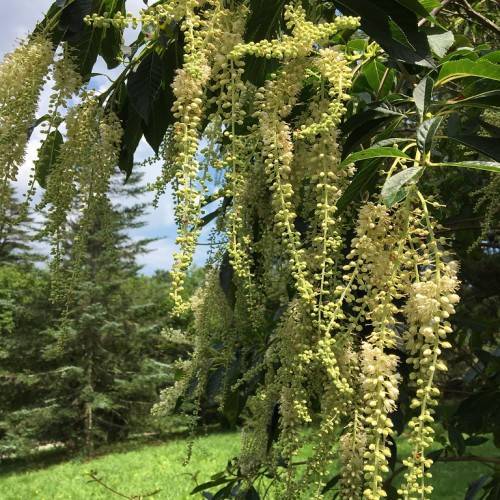
Japanese clethra
Clethra barbinervis
Also Known As - Chinese summersweetCycle:
Perennial
Watering:
Frequent
Hardiness Zone:
5 - 8
Flowers:
Flowers In Summer
Sun:
Full sun, Part sun/part shade
Soil:
Well-drained
Fruits:
Fruits In Autumn Ready In Fall
Leaf:
Yes
Growth Rate:
High
Maintenance:
Moderate
Salt Tolerant:
Yes
Care Level:
Medium
watering
Japanese clethra (Clethra barbinervis) is a vase shaped, deciduous shrub that prefers moist, well-drained soil. It should be watered right after planting and once every 7 to 10 days for the first few months. Thereafter, water once every 2-3 weeks during the warm months, making sure to keep the soil moist but not soggy. During the winter months, water only if the soil appears dry.
sunlight
Japanese clethras typically prefer bright filtered light or partial shade for best leaf coloration and flowering. 6 or more hours of sunlight per day (during the peak of summer) is optimal, however they also grow well in light shade, where they receive 3-6 hours per day. Excessively shady spots may slow their growth rate, reduce flower production, and cause leaves to become pale or yellow.
pruning
When it comes to pruning Japanese clethra (Clethra barbinervis) most gardeners recommend pruning in the winter, when the tree is dormant. Pruning should be minimal, and only necessary to remove diseased, damaged, or dead branches and to maintain the desired size and shape. When pruning, be sure to use clean, sharp shears to make precise cuts. Additionally, it is important to avoid pruning too much as this may lead to diminished flowering and decreased health of the shrub.
